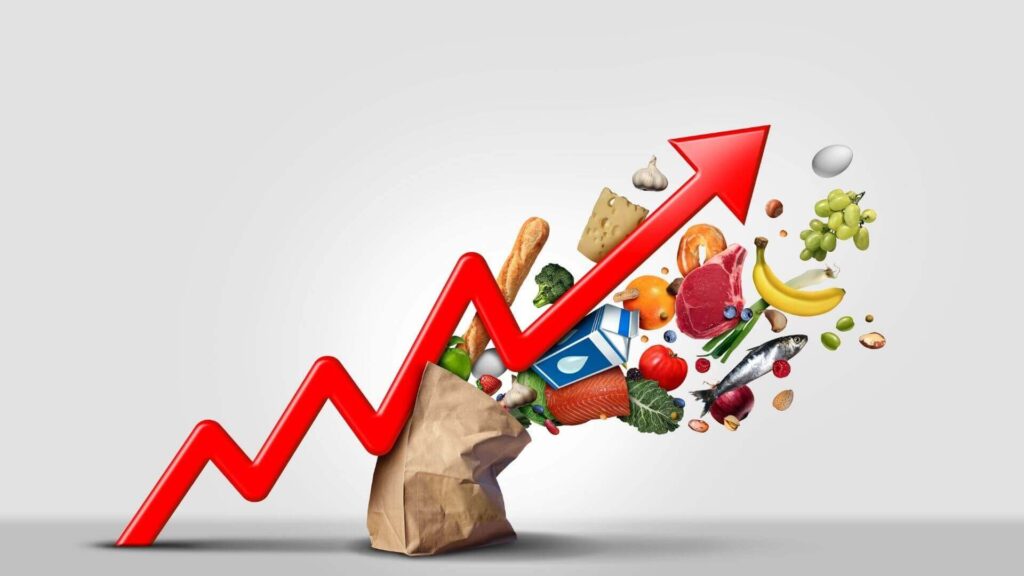In the vast landscape of global innovation and entrepreneurship, Africa’s startup ecosystem emerged as a beacon of promise and potential. Over the past decade, the African continent witnessed an electrifying surge in entrepreneurial dynamism. This has created a vibrant mix of innovation-driven companies that have captivated investors, markets, and the world’s attention. The future, it […]
Looming Inflation Expected to Persist throughout 2022
In recent times, inflation has been a topic of discussion for economists, politicians, and citizens alike. The pandemic has brought an end to a period that was marked with low-to-moderate inflation rates with even deflation plaguing countries such Thailand, Qatar, and Malaysia before the COVID outbreak. There has been a noticeable spike in the number […]

